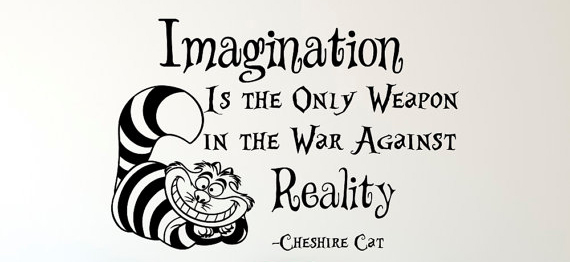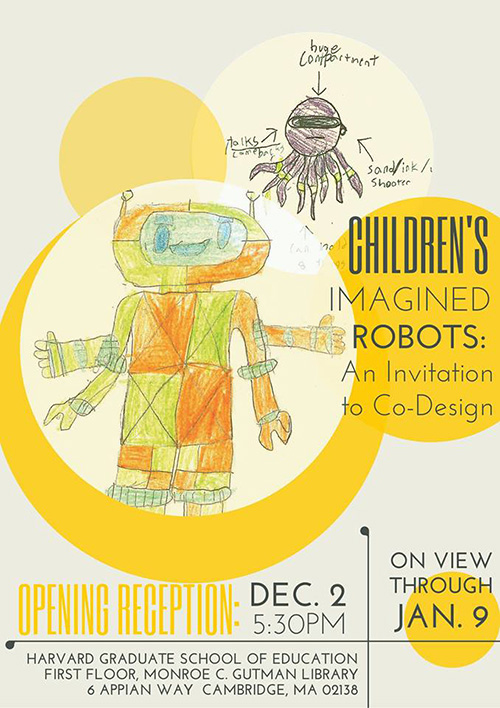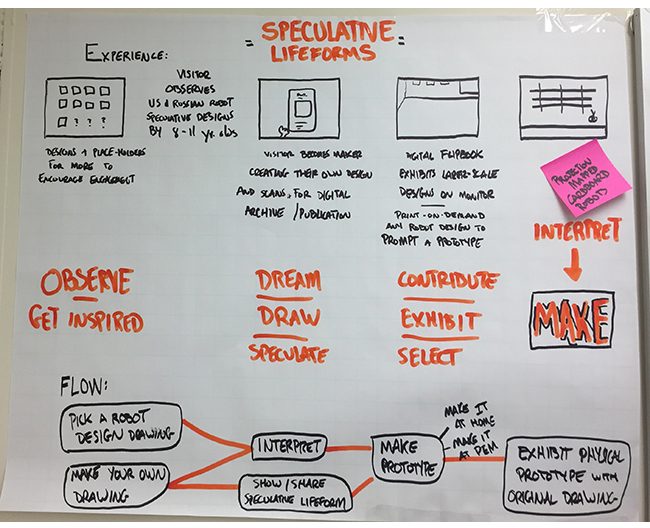The Importance of Alternatives
Posted on December 4, 2016 | posted by: student
Having come from a country with so many social contrasts and political upheaval, I feel the imperative need for alternative realities firsthand. Speculative design introduced by Dunne and Raby in Speculative Everything has numerous potentials for personal empowerment for envisioning and materializing a new world. An important first step to achieving this is believing that the reality that surrounds us may be molded in our minds: “The way the world is follows on from how we think; the ideas inside our heads shape the world out there.” A lot can be changed by first looking into our attitudes and values instead of spending energy on solving external problems. Speculative design’s value is in “not in trying to predict the future but in using design to open up all sorts of possibilities that can be discussed, debated, and used to collectively define a preferable future for a given group of people: from companies, to cities, to societies.” Alternatives to present realities cannot be materialized if not even considered first; new ideas and ideals are what is needed today.
Although being valuable tools that if incorporated to people’s mindsets could drastically change realities, conceptual design requires one to “suspend their disbelief and allow their imaginations to wander” — which does not always come easily. Dunne and Raby themselves acknowledge the challenge of interaction with their work: “Positioning a speculative design is always an issue. Many people struggle to know what they are looking at and how they should relate to it—film, prop, science fiction, product design, art?”. They go on to mention however that their “What if” installation in Dublin 2009 “was a surprising success with schoolchildren and their teachers”. This led me to acknowledge a connection between the nature of speculative design to characteristics very innate to children, who more easily than adults create scenarios, play and imagine new worlds. It is important to question why we eventually change the playground in our minds for a reality box. What could be done to preserve the speculative potential we have at a young age so that new possibilities are intrinsic to people of all ages?
The recent change in the core curriculum of Finnish schools may be a step in improving educational systems to encourage speculative thinking. Dunne and Raby describe the shift away from top-down mega-utopias as a potential for individual imagination: “today, we can strive for one million tiny utopias each dreamt up by a single person” — as opposed to utopias envisioned and forced on by an elite. A similar denial of top-down approaches regarding the new curriculum is explained by Anneli Rautiainen, head of the Basic Education Unit of the National Board of Education in Finland: “Teachers will no longer be information providers, and pupils will no longer be passive listeners. We want schools to become communities where everyone learns from each other – including adults learning from children.” One can see this as a great encouragement to students feeling free to have their own ideas and be respected for them. Autonomy will also be encouraged regarding the physical space where studying occurs: “Pedagogical practices will change so that children no longer need to sit down quietly in one place, but can instead choose where and how they study.” – another measure that incorporates possibility into student’s daily lives.
Besides instilling a sense of imaginative self-direction to be carried further in life, how may children’s ideas become valued already at a young age? The Center for Children’s Speculative Design celebrates children’s unique perspectives and imagination in designing alternate futures. The nonprofit organization promotes tools, workshops and travelling exhibitions such as Children’s Imagined Robots that in different iterations feature robot designs by children from different cultures.

Poster for Children’s Imagined Robots: An Invitation to Co-Design Exhibit in Harvard, 2015
The most recent version of the exhibition occurred in Denmark this year at the Robophilosophy Conference, with drawings by children from Denmark, Germany, Russia, Tanzania and the USA. Conference participants had a chance to take part in a workshop to develop child-robot interactions based on the exhibition. The project does an important job of connecting professionals such as robotics industry decision-makers and policy makers to children’s creative process for possible futures. If successful, the process of incorporating children’s imaginative work in architecting real-world design may be an important new method for creating unique realities.

Photo of the workshop process of students of the Phoenix School with Children’s Imagined Robots Exhibition at the Peabody Essex Museum
To conclude, in the same way that many building designs begin with an unrecognizable squiggle on a piece of paper, the design of our realities may also begin with abstract questions. I believe that a way to go about it when inundated by the reality of wicked problems is to consult the child within us for a more playful view of possibilities. As Buckminster Fuller pointed out: “We are called to be architects of the future, not its victims.”